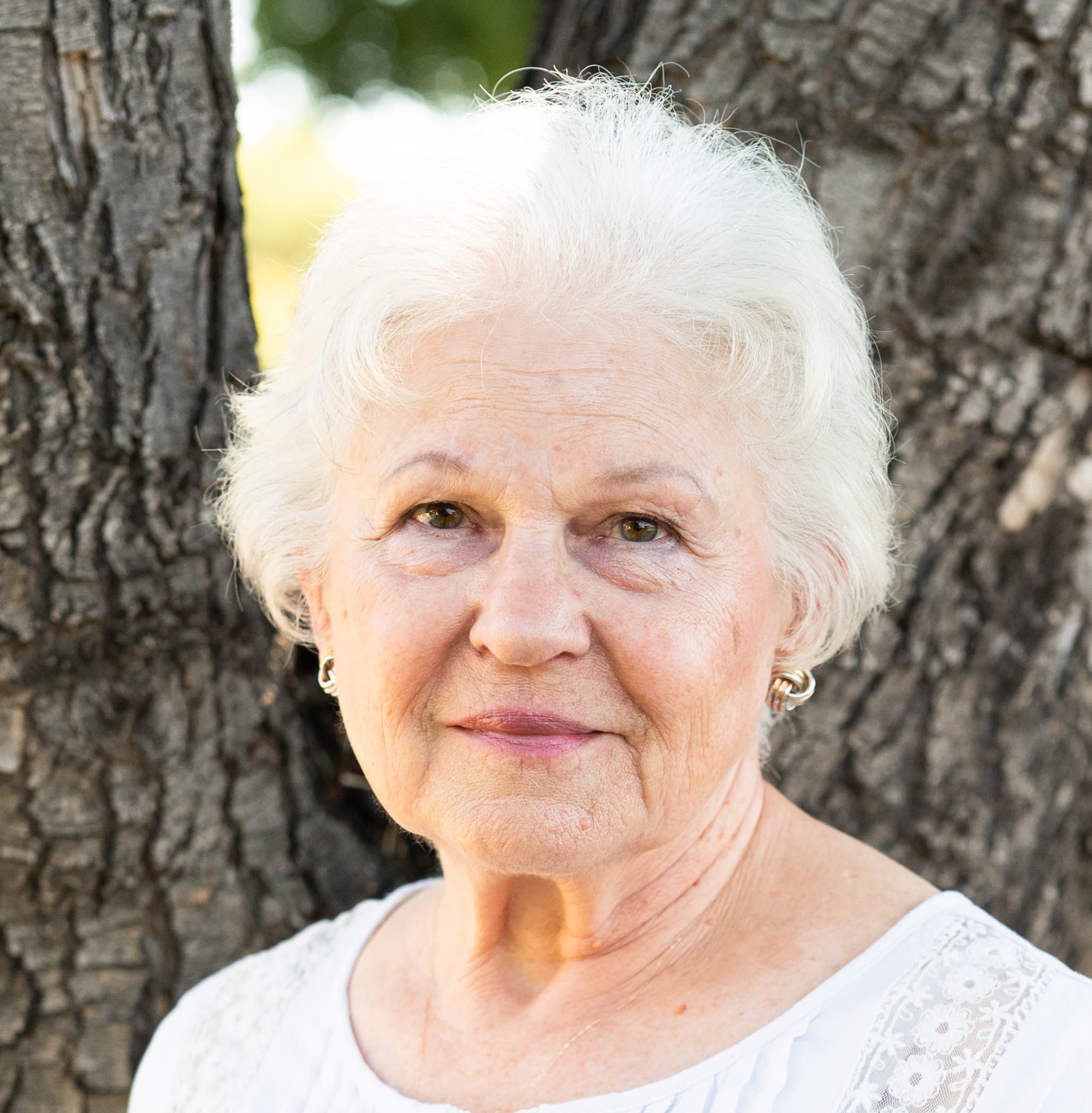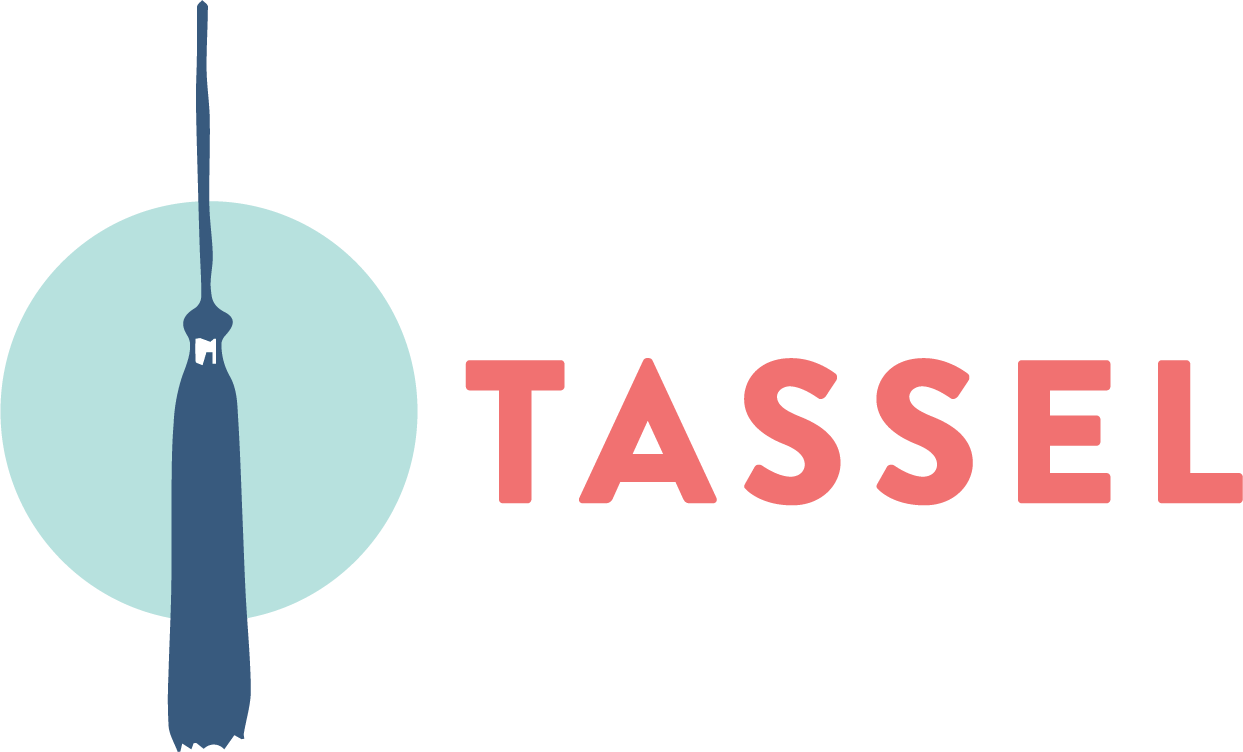Course Number: ABIO2501
When: Available February 12, 2025 – February 12, 2030
Where: Course available under “Course Content” at the bottom of this page.
Description: This course examines autistic communication through behaviors, focusing on neuroaffirming strategies for educators. Participants will explore common misinterpretations, recognize nonverbal cues, and identify tools to better understand and support autistic students. Practical approaches to fostering clearer communication and connection are also discussed, integrating lived experience and evidence-based practices.
Who This Course Is Good For:
- Educators, parents, and professionals working with autistic individuals in any setting, including schools and clinics.
- Professionals seeking to better understand autistic communication and behaviors through a neuroaffirming lens.
- Speech-language pathologists (SLPs), occupational therapists (OTs), and related professionals looking to enhance their skills in supporting nonverbal and behavioral communication.
- Anyone interested in fostering connection and improving communication strategies with autistic individuals.
Who This Course Isn’t Good For:
- Any professional who does not work with autistic individuals or plans to in the near future.
- Those looking for in-depth training on diagnostic assessments or medical interventions for autism.
Presenters:

Venita Litvack, M.A, CCC-SLP (she/her)
Venita is an Assistive Technology (AT) Consultant in south Florida. She has a passion for using AAC, AT, and literacy to support individuals with complex communication needs, autism, and other disabilities. Venita has delivered poster presentations on several topics related to AAC at ASHA and co-presented several ASHA CEU accredited courses. Venita co-authored two articles published in ASHA Leader’s online publication, as well as the Lou Knows What to Do book series published by Boys Town Press. Recently, Venita started utilizing the power of social media to empower and motivate educators across the country through the Speechie Side Up podcast, blog, Instagram account, and YouTube channel.

Susan J. Golubock M.Ed, OT (she/her)
Susan is an autistic retired occupational therapist who worked predominantly in the school setting. She has a master’s degree in Special Education Technology. Susan initiated and worked with her fellow therapists to make delivery of therapy in the school setting into a push-in rather than pull-out model. Following her diagnosis, Susan has been an active member of the autistic community and currently hosts adult autistic support groups. She has been a keynote speaker at conferences and contributed her writings to “Women From Another Planet: Our Lives in the Universe of Autism.” She now works with Staci Neustadt, a speech-language pathologist to create and disseminate courses to educate parents, educators, and professionals on the Neuro-Strength-Based Support for Autism framework that uses scientific research to find more authentic and neuro-affirming ways of supporting autistic individuals.
Disclosure Statements
Venita Litvack has the following relevant relationships to disclose: ownership interest in Speechie Side Up, LLC and Tassel Learning, LLC; royalties from the Lou Knows What to Do book series. Venita is a member of the ASHA Special Interest Group 12.
Susan Golubock has the following relevant relationships to disclosures: founder of Making Sense of Autism, established in 2004. Through her work, research, and lived experience as an Autistic individual, she developed The Neuro-Strengths Based Support for Autism (NSBSA) Framework. Susan does not receive financial or nonfinancial compensation for her participation in this course.

Learning Outcomes
As a result of this activity, participants will:
- Identify common reasons why educators misinterpret autistic communication through behaviors.
- List examples of nonverbal communication that are recognized in non-autistic individuals but misunderstood in autistic individuals.
- Describe strategies educators can use to understand behaviors they find challenging or confusing in autistic individuals.
- Define ways educators can support autistic individuals in expanding their nonverbal communication to foster better understanding by others.
Agenda
| 5 min | Introductions and Backgrounds |
| 10 min | Why Behavior is Often Misinterpreted in Autistic Individuals |
| 10 min | Nonverbal Communication in Autism vs. Neurotypical Individuals |
| 15 min | Tools for educators to use when they encounter behaviors they don’t fully understand |
| 10 min | Strategies to help autistic students expand and express themselves nonverbally |
| 5 min | Helpful resources |
| 5 min | References & closing remarks |
Complaint Policy
To file a complaint or ask general questions about the complaint filing process, please contact our support team at info@tasseltogether.com
Refund Policy
Click here to read more about our refund policy.
Requirements

Course Content

